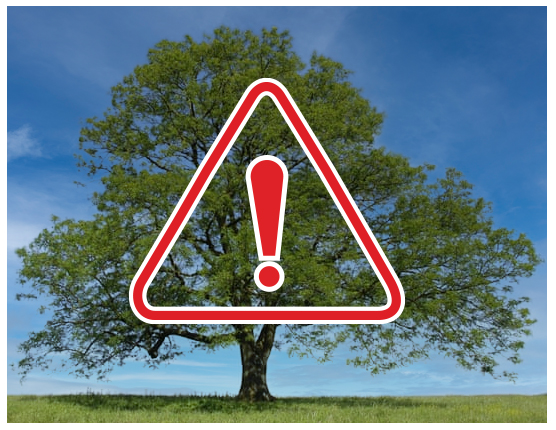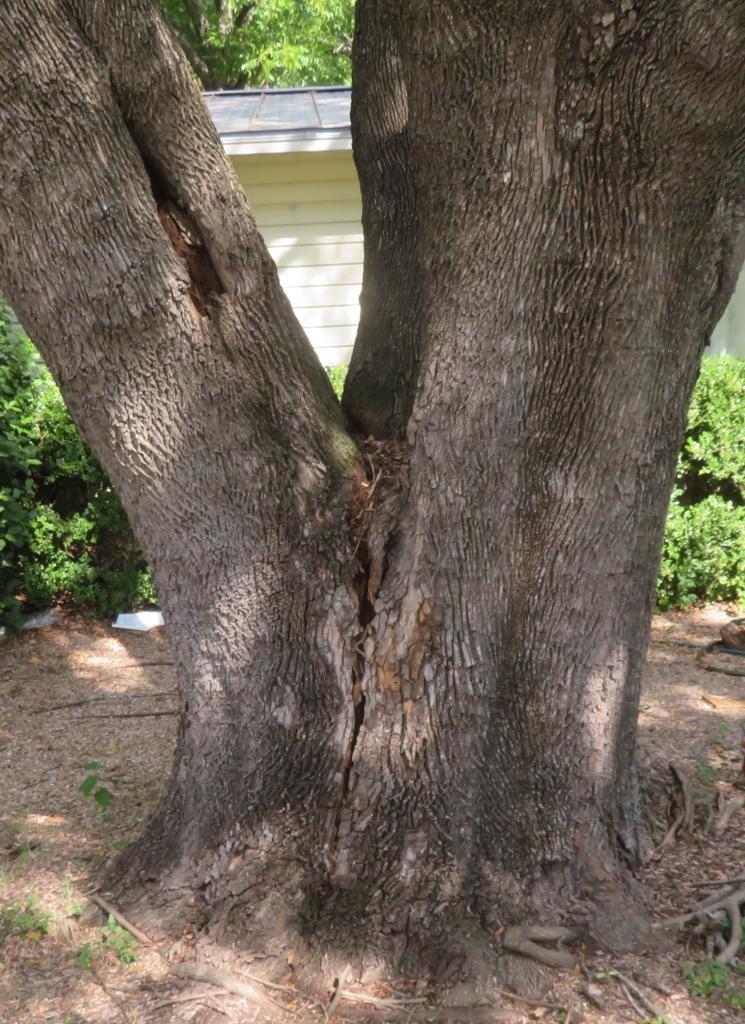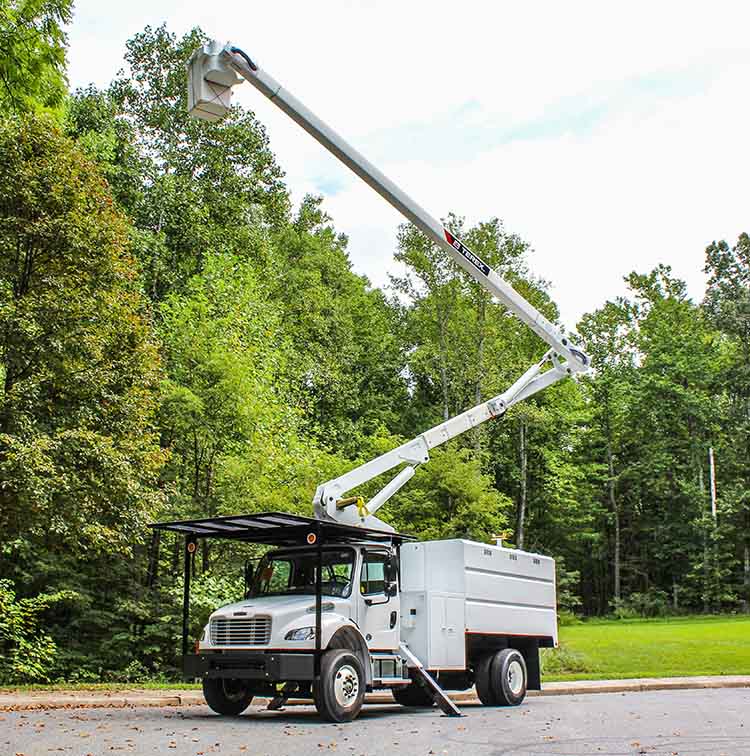Check Your Ash!
 Alert! Tree emergency!
Alert! Tree emergency!
You may have seen our recent posts where we warned you about an invasive insect, Emerald Ash Borer (EAB). This pest could kill all our ash trees within a few years, so we need to prepare now! In the earlier posts, we encouraged you to help us find Ash trees and map them using iNaturalist. We hope you will also keep watch for signs of the insect in our area. Early detection is key to saving as many trees as possible. Now you should take a close look at the ash trees you found. You must decide if you want to protect them against the insect when it arrives.
What Is Your Ash Worth?
The first step is to decide if the tree is worth saving. We hate to lose any of our trees, but sometimes removal is the best option. We would have to commit to years of expensive treatments to protect any ash tree against EAB. It often makes more sense to replace a weak tree with a more reliable species. Several factors might affect your decision.
In Austin, it was common to plant Arizona Ash in new developments around 50 years ago. The lifespan of an Arizona Ash is rarely much longer than this. In other words, these trees are nearing the end of their lives no matter what we do. Older trees also may have problems with decay and structure that make them likely to break when stressed. No matter what we do to care for them, they are likely to fail or die within a few years.
Younger trees may still have some good years in them. Also, some ash species are less prone to the structural problems of Arizona ash. These are more likely to merit treatment. A qualified arborist can help you assess your trees and the associated risks.

If your tree is in poor condition, you might choose to remove it instead of treating for EAB.
Save your ash!
After you consult with an arborist, you might decide to keep your trees. Next, you should prepare to have the trees treated. Trained professionals can inject a chemical into the tree which will then kill any insects that feed on it. You will need to repeat this treatment every 2-3 years, so it can get rather expensive--even more so for larger trees. Still, treatment is the only way we have found that is likely to be successful against EAB.
Unfortunately, a lot of our ash trees were damaged during the extreme freeze of February 2021. This damage may be hard to distinguish from EAB for the next few years. Some may have been so badly frozen that they will not recover. A qualified arborist can help you determine the cause of your tree’s decline and how to manage it.

To preserve ash trees in the presence of EAB, we must treat them with a chemical insecticide. (photo courtesy Matthew Karst).
When to treat
Timing of these responses is tricky. If we treat now, the chemical may lose effectiveness before EAB arrives. Ideally, we will have lots of advance warning. If we see it coming, we should begin treating when the insect is within 10-20 miles from us. Unfortunately, we might not get such notice. Often, EAB is in a city for years before symptoms are severe enough to recognize. You should prepare for a rapid response.
If you intend to save your tree with chemical treatments, you would be wise to find qualified help now. Companies that treat for EAB are likely to be extremely busy in the first weeks after the insect arrives. If you already have a plan in place, you are more likely to be among the first to receive service.
Proactive removal
If you decide your tree is not worth the expense to save it, you might want to let it die naturally, then have it cut down. Unfortunately, this probably won’t be the best option. It’s a difficult decision, but an important one, so take the time to consider all factors.
With an EAB infestation, tree removals become far more hazardous and expensive. The borers weaken the wood dramatically. Trees begin to fall apart much more quickly than those that die from other causes. This is such a pronounced effect that climbing them is too dangerous. Experts recommend using mechanical lifts or other expensive equipment to remove ash trees killed by EAB. Companies with this equipment will be very busy once EAB is here. Proactive ash removal is likely to be much cheaper than waiting until a tree dies from EAB.

Trees killed by EAB become very weak. They must be removed with expensive equipment.
When to remove
How do you know if it is time to remove your ash tree? You could cut the tree down any time before EAB arrives and have no problems related to the insect. Be sure the company you hire has liability insurance to protect you and your property. If you have doubts, don’t be afraid to copy the policy information and call the insurer directly to confirm.
If your tree is larger than 19” diameter at breast height, you must get a permit to remove it (per Austin's Land Development Code). The City Arborist will consider most residential ash trees “Dead, Diseased, Imminent Hazard.” In these cases, permit fees and remediation will not be required. You can start the permitting process at the City website.
Phased removal
If you have the budget, you might decide to take a phased approach. Have a company start removing the most extended, hazardous, or hard-to-reach parts now. Plant a replacement tree (not an ash) in the gap they create. This reduces risk in the short term while the new tree becomes established. You can remove the rest of the ash tree later.

This information is sponsored by the City of Austin. Learn more about trees and resources at the Tree Information Center!

